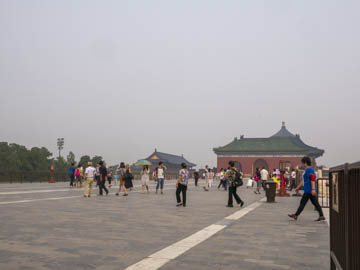Every Picture Is a Compromise
Lessons from the Also-rans
Most photography websites show the photographer's very best work. Wonderful. But that's not the full story of a creative life. If we want to learn, we'd better pay attention to the images that aren't "greatest hits" and see what lessons they have to offer. Every picture is a compromise — the sum of its parts, optical, technical, visual, emotional, and even cosmic – well, maybe not cosmic, but sometimes spiritual. Success on all fronts is rare. It's ok to learn from those that are not our best.
This is a series about my also-rans, some of which I've been able to improve at bit (i.e., "best effort"), none of which I would consider my best. With each there are lessons worth sharing, so I will.
Original digital captureWhat I don't like in the picture:Yet another example of how I keep mis-using an ultrawide to "get it all in" left and right. What I learned:A scan of ultra-wide images in my Lightroom database shows I still haven't learned this lesson. Ultra-wides are not for left-right compositions, but rather for near-far compositions. The one at left is better. Not great, but at lease there is a reason to use the ultra-wide that makes it easier to see the scene rather than just make it look farther away like the one above. 2nd Chances: What I might try nextRepeat after me 100 times: Use ultra-wides in vertical compositions. Maybe that would be a good beginning and a warm-up for the advanced class in using ultra-wides for near-far relationships in landscape orientation compositions. |


